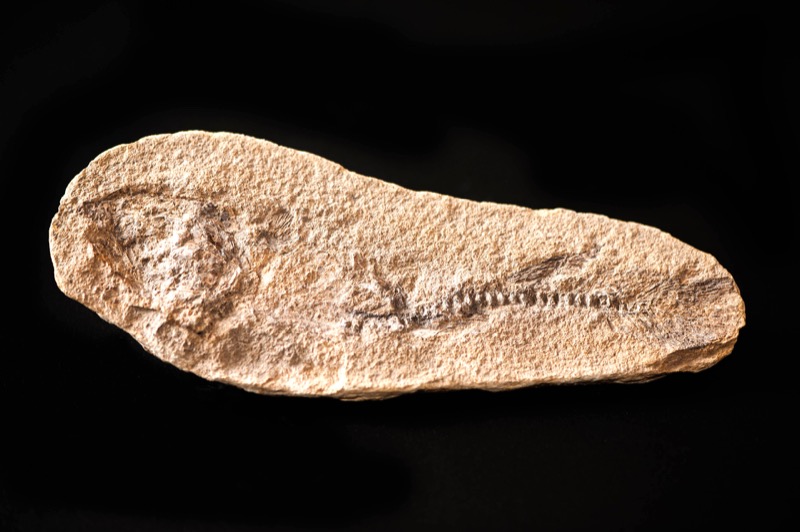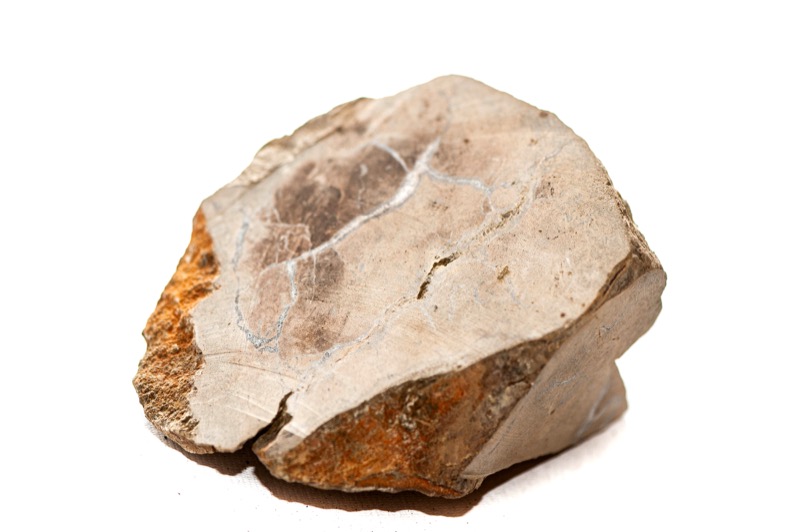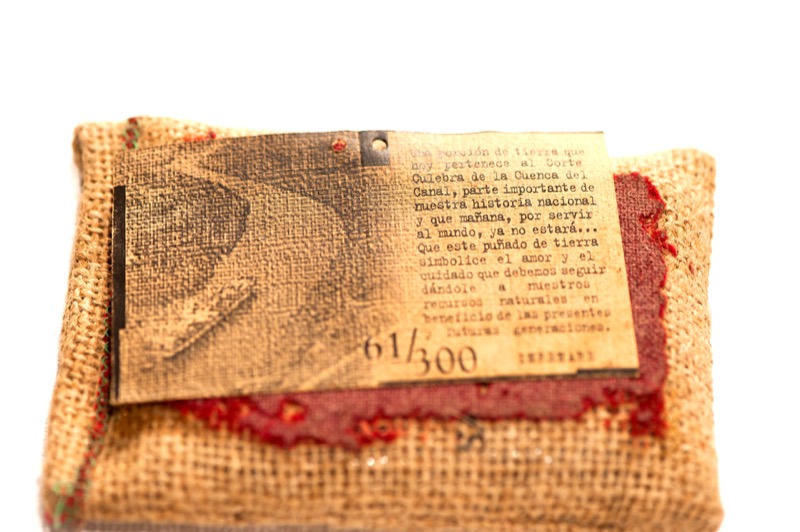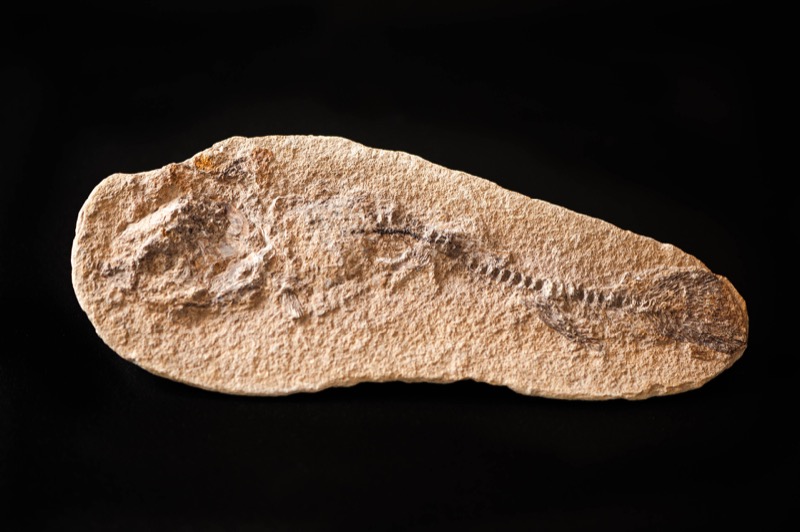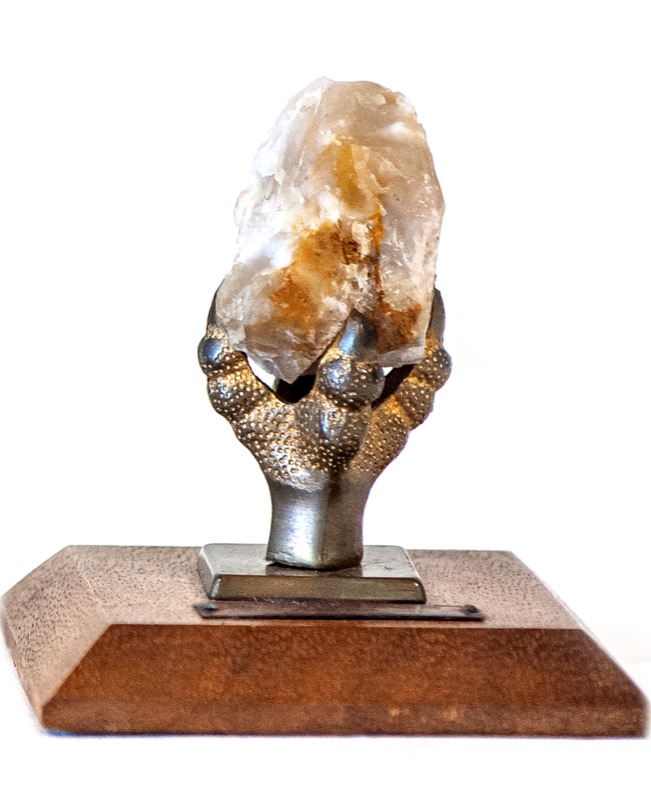Samples of history
An interesting intersection of geological science and the Canal Museum teaches us historical aspects relevant to the present.
The talon of an eagle clutching a rock from the excavation of the Canal is a powerful metaphor for the relationship between Panama and the United States in 1915. This piece was made as a souvenir for the Panama-Pacific International Exposition, a world’s fair to celebrate the inauguration of the Panama Canal.
The rock in the claw is “a variety of milky white quartz,” explains Roberto Miranda, Canal geologist. It is a rock extracted in the Culebra Cut before it was flooded. This piece “contains a lot of silica and magnesium impurity, which gives it its white color. The reddish color comes from iron oxide,” Miranda adds.
Other items from the exhibition, as well as samples of fossilized wood and various types of rocks extracted during the Canal expansion, are on display at the Canal Museum.
A bag with soil from the Culebra Cut carries an emotional message that reads: “From a portion of land that today belongs to the Culebra Cut of the Canal watershed, an important part of our national history, and that tomorrow, to serve the world, will not be….This handful of soil symbolizes the love and care that we must continue to give to our natural resources for the benefit of present and future generations”.
In addition to being an important science for the operation of the Canal, geology also has a place in the museum. The geological pieces “narrate” historical periods that explain the present. Or, as in the case of the claw, controversial political interpretations.
Through an agreement with the Tropical Research Institute and the Panama Canal, the Canal Museum has in its collection these pieces of geological origin that will be exhibited in future exhibitions.
“For the Canal Museum, knowing the soil where we live is fundamental,” says Ana Elizabeth González, director of the Canal Museum. An archeologist by training, González adds that “we can observe the evolution of our territory, its changes and developments through geology. It is extremely important to reflect the importance of geological studies in the conception of the waterway. In addition, the discoveries made during the excavations, both initial and expansion of the Canal, have given us a lot of material to investigate and study the history of the isthmus, and how our ancestors lived and evolved“.
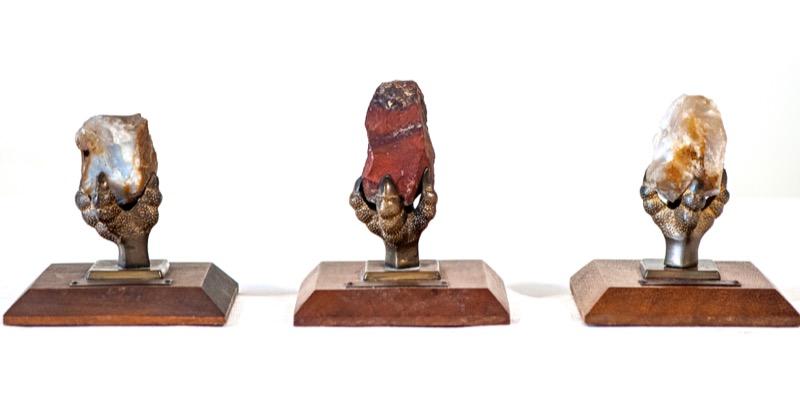
![Samples of history [metaslider id="5980"]](https://elfarodelcanal.com/wp-content/uploads/2021/03/memoria-historica-2-1.jpg)
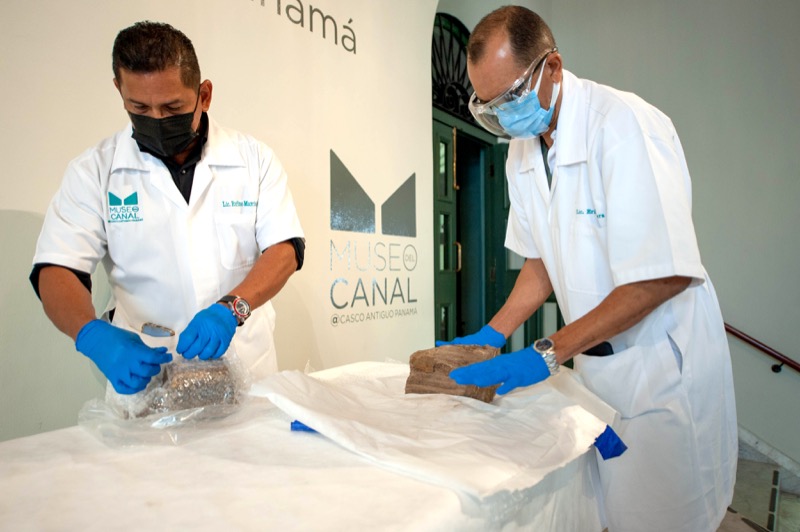
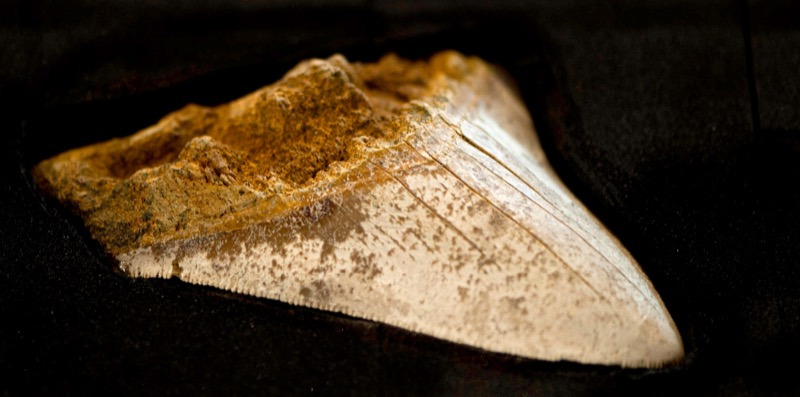
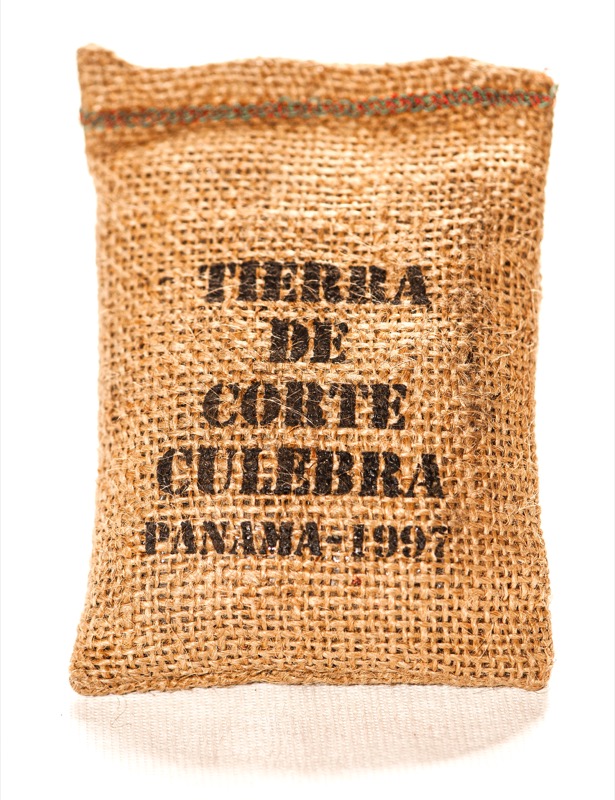
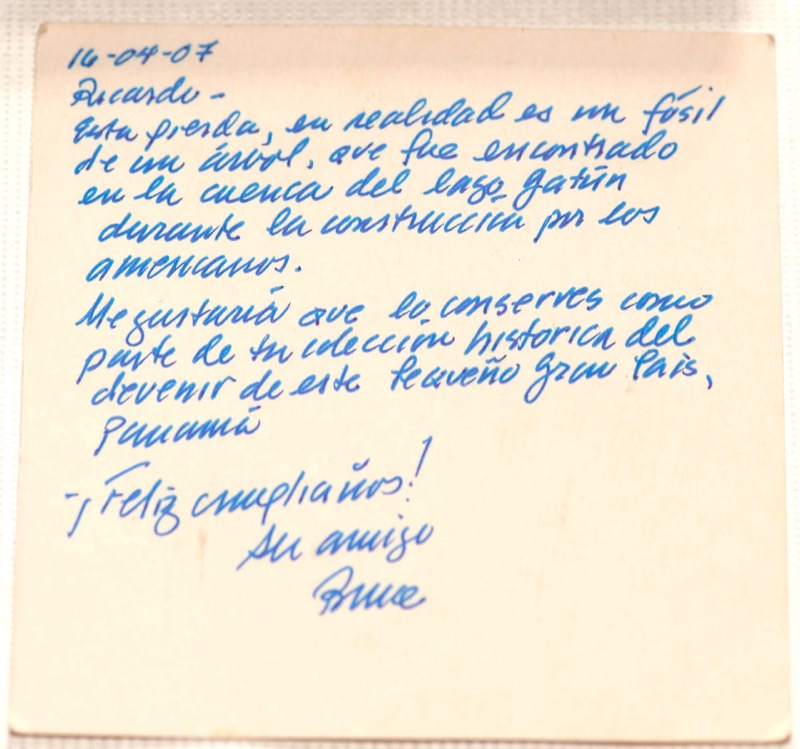
![Samples of history [metaslider id="5980"]](https://elfarodelcanal.com/wp-content/uploads/2021/03/memoria-historica-7-1.jpg)
